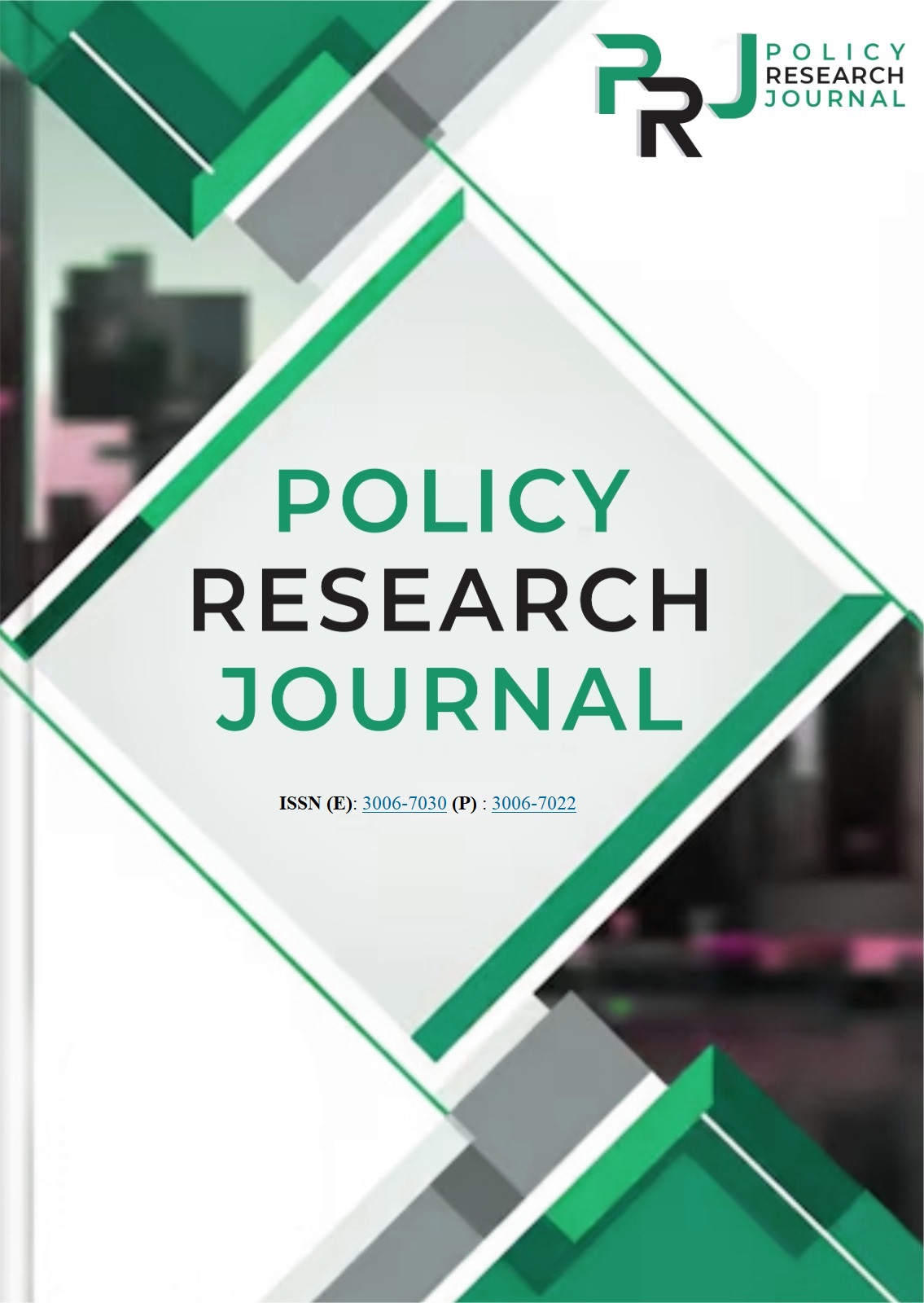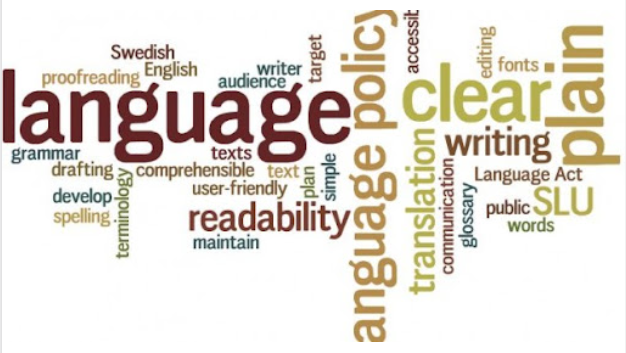THE UKRAINE CONFLICT AND ITS RESOLUTION: APPLICATION OF THE SYSTEM AND CONFLICT ESCALATION MODELS
Keywords:
UKRAINE CONFLICT, ITS RESOLUTION, APPLICATION OF THE SYSTEM, CONFLICT ESCALATION MODELSAbstract
This study analyzes the Ukrainian conflict through the lens of two conflict resolution frameworks: the MACBE Model and the Conflict Spiral Model. The MACBE Model dissects the conflict into five subsystems — Motive, Affect, Cognition, Behavior, and Environment — to identify the pathologies driving the escalation. The Conflict Spiral Model, on the other hand, frames the conflict as a cyclical escalation of retaliatory actions, intensifying the hostilities. By applying these models, the study highlights the primary grievances of the Ukrainian government and the Russian-backed separatists, along with the broader geopolitical interests of Russia and the European Union. The analysis underscores how conflicting objectives, historical legacies, and external power dynamics have exacerbated the conflict, leading to severe humanitarian and political repercussions. Recommendations are provided for the Ukrainian government to de-escalate tensions, including initiating ceasefires, fostering trust-building measures, and reassessing the negotiation framework to address underlying grievances effectively.

















